Old Street really is old – recorded as Ealdestrate in about 1200, and leOldestrete in 1373. I started my walk heading west from Old Street Roundabout (or Silicon Roundabout as it was nicknamed some years ago, due to the nearby cluster of hi-tech businesses).
The Underground Station is now buried beneath the roundabout but was once much more visible …
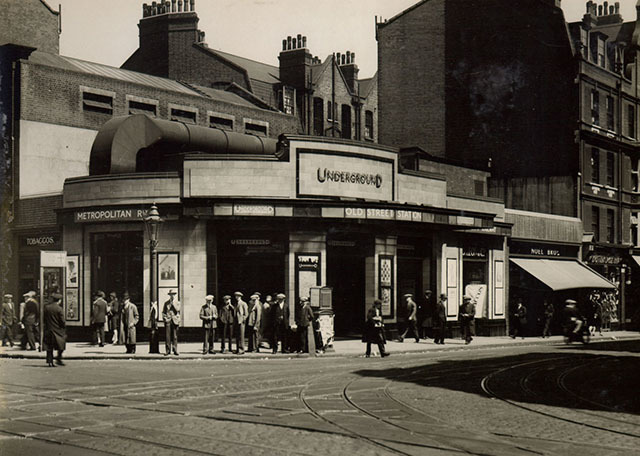
As you leave the present day station you catch a glimpse of the spectacular Leysian Mission building – something for a future blog …

I crossed the road and started my Old Street journey on the south side of the street.
The first building of interest is on the left, what was previously St Luke’s Parochial School …
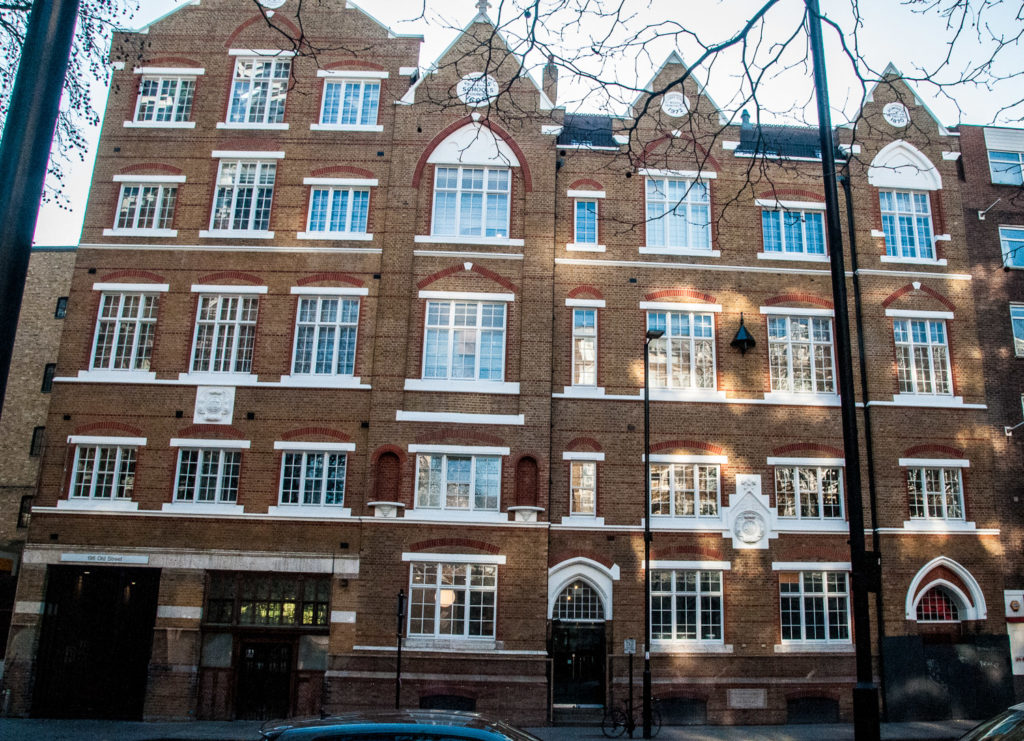
The foundation stone is now protected behind a perspex sheet (the school moved to new premises in 1972) …
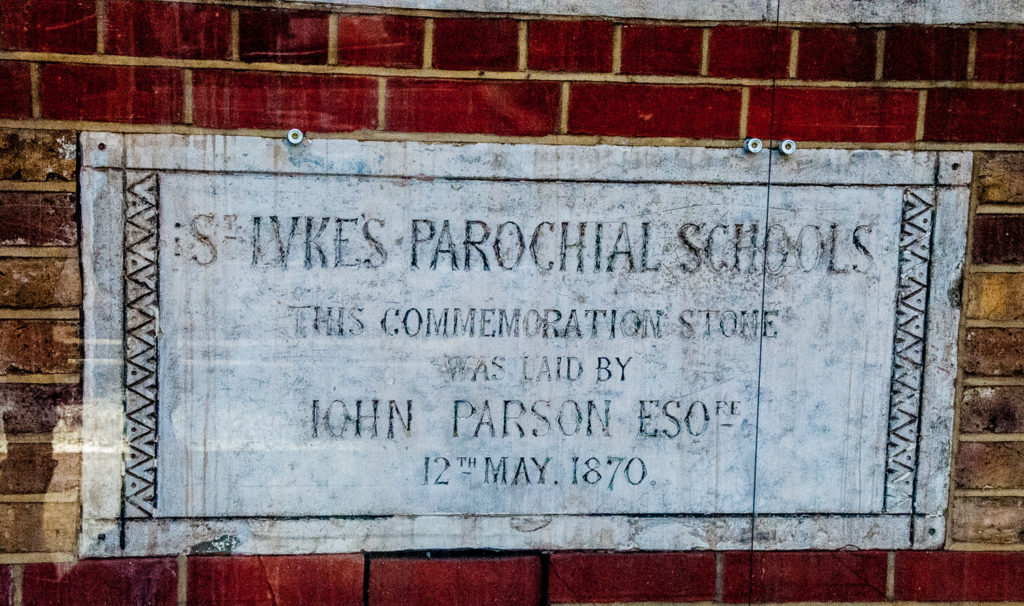
A generous benefactor paid for this extension in 1887 …
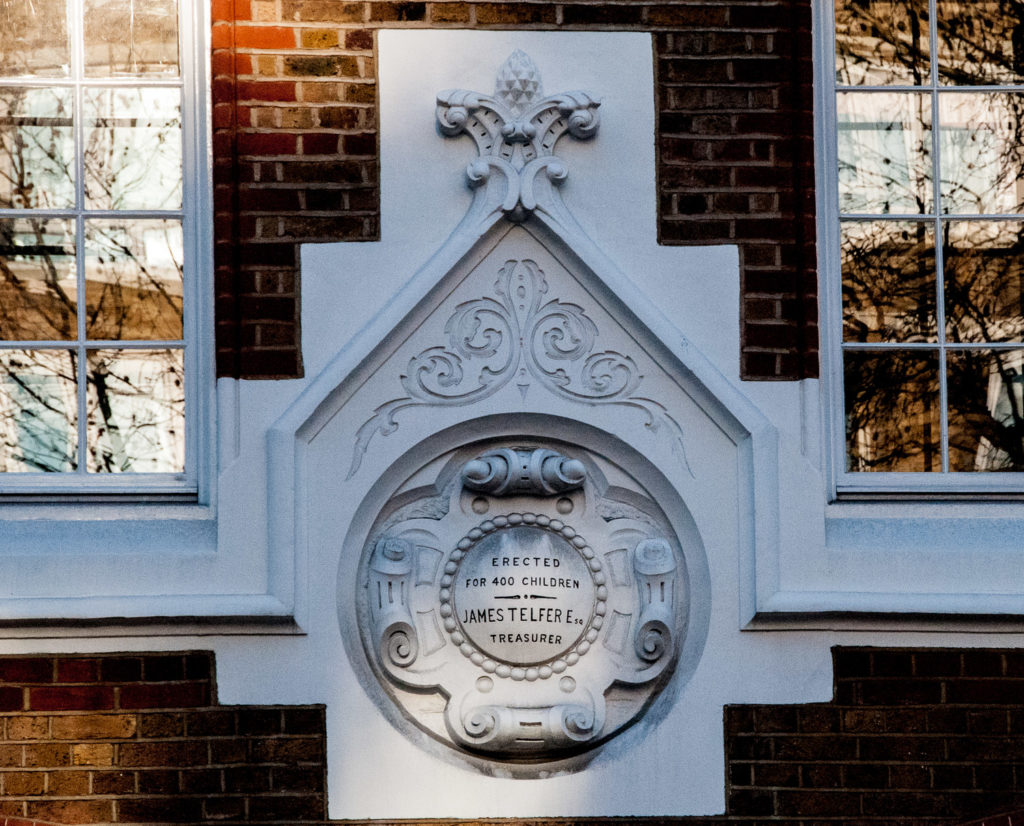
Around the door there is some lovely gothic-style woodwork …
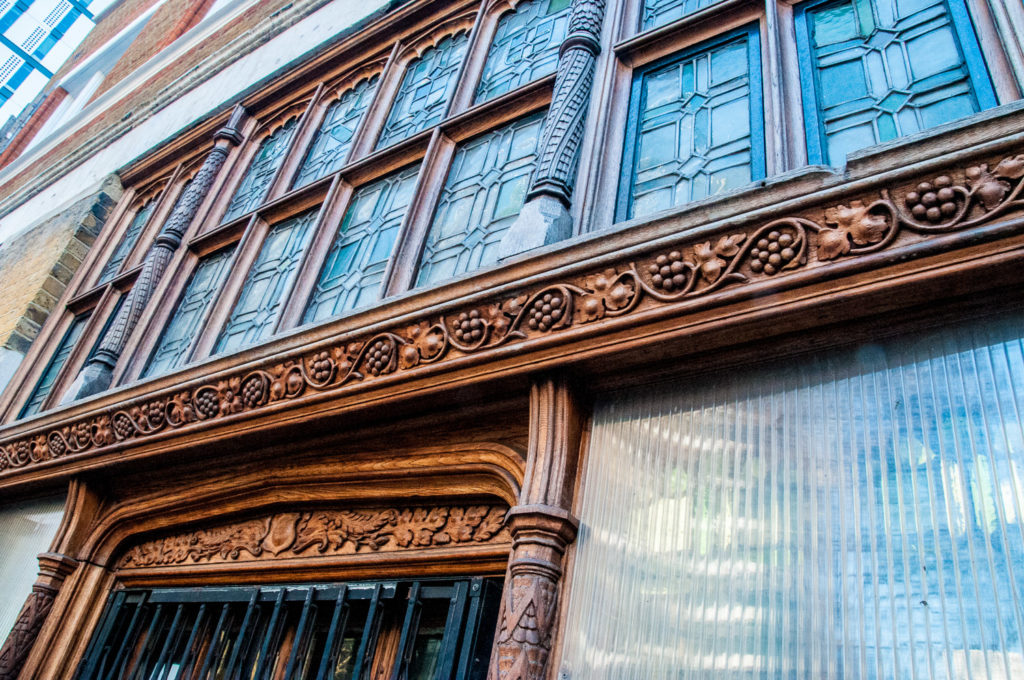
Across the road is this striking piece of street art …

It was commissioned by The Flavasum Trust to commemorate the life of a young man, Tom Easton, who died nearby in 2006 as a result of a knife attack. The painter was Ben Eine.
If you are feeling peckish, grab a tasty Turkish Kebab from my pal at number 94 …
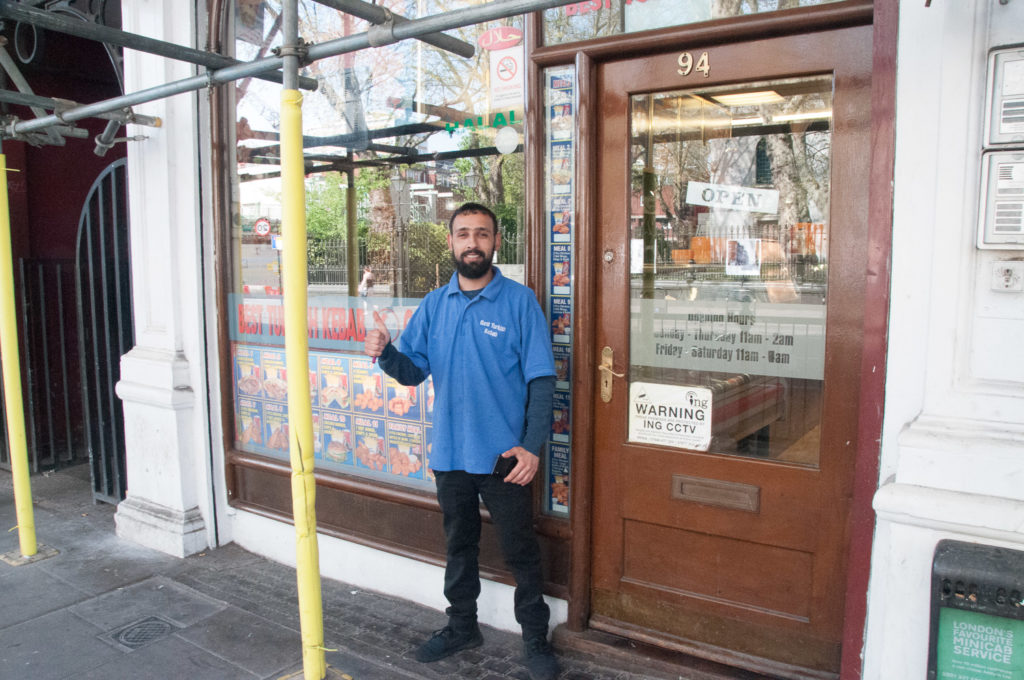
Look up for the old Salvation Army Hostel ghost sign …
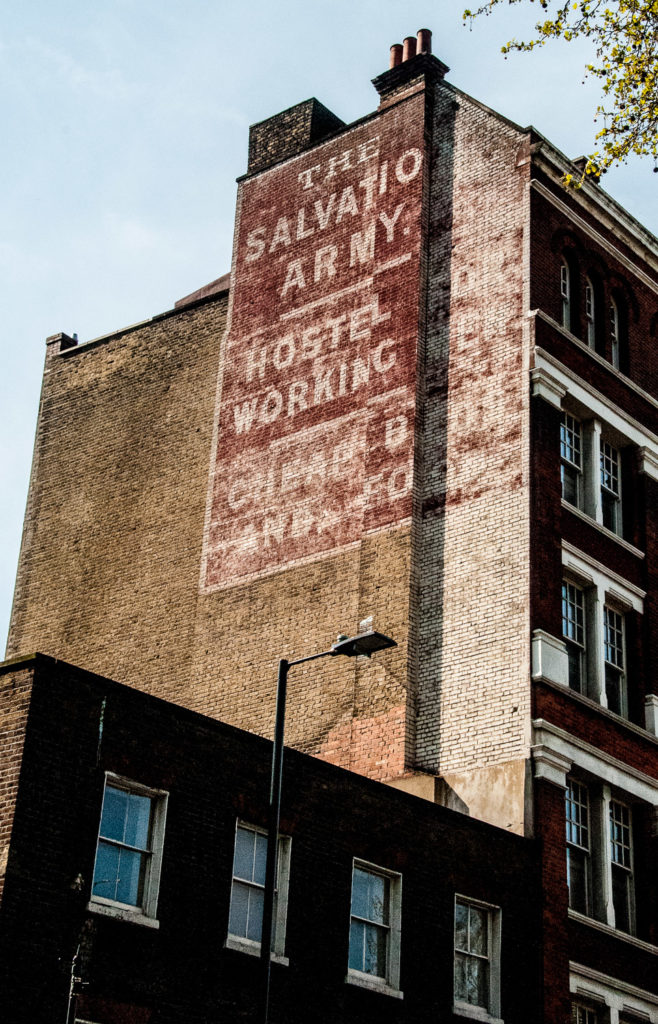
There is a 19th century pub building on the corner with Whitecross Street. It was once the site of the Jack-a-Newberry Tavern, a notorious brothel …
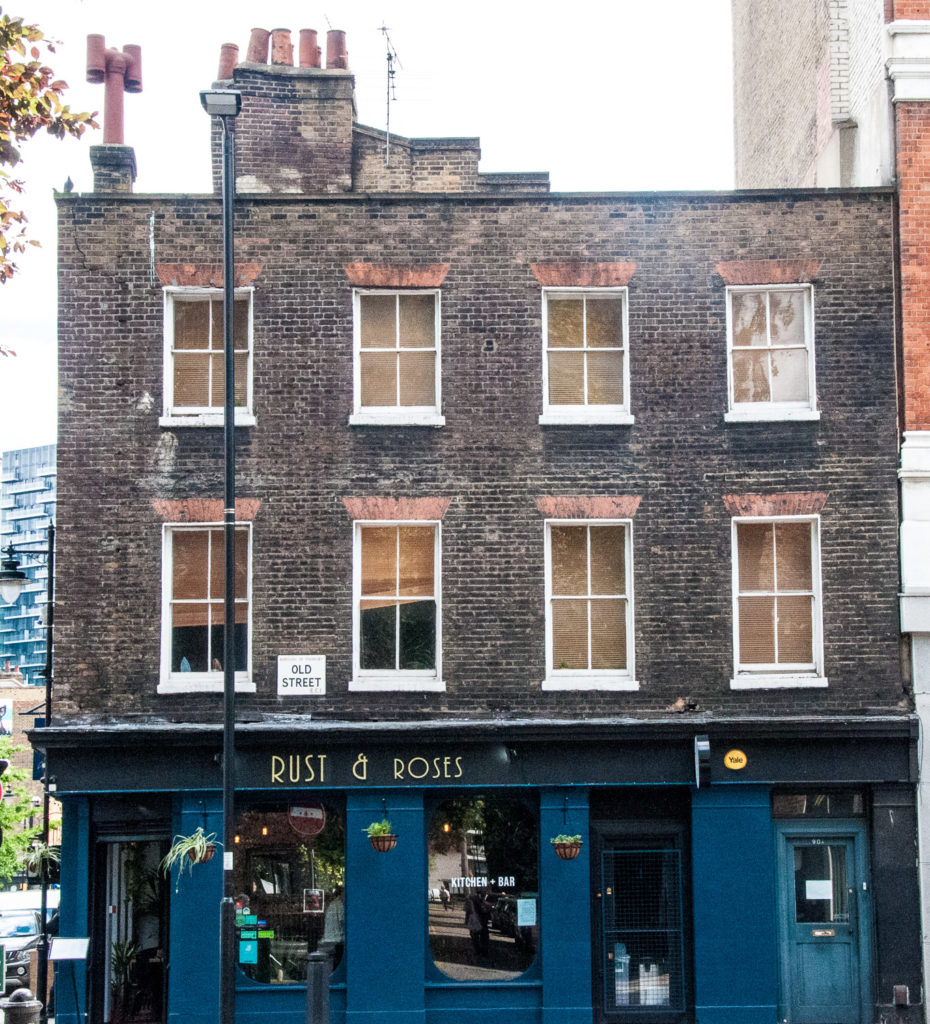
A plaque on the side commemorates a former resident …
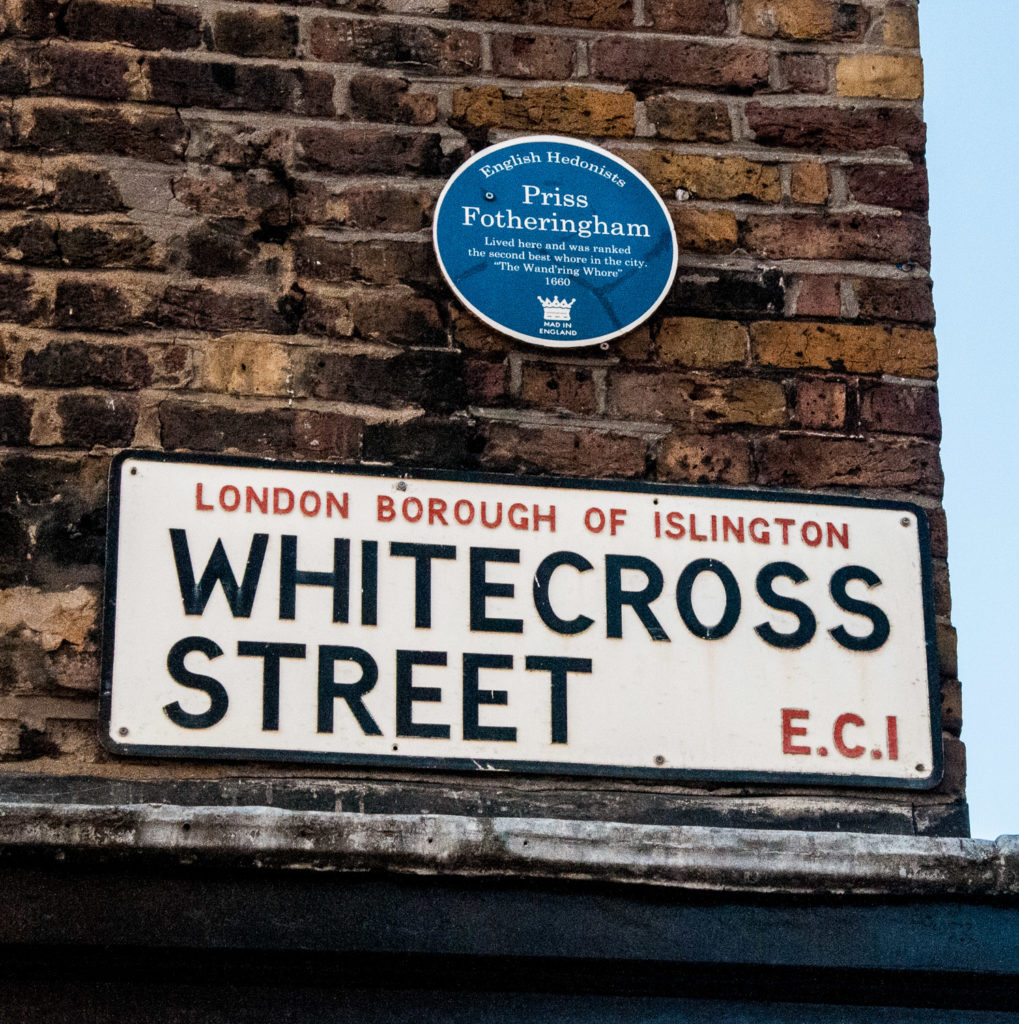
Whitecross Street Market is one of London’s oldest markets, dating back to the 17th century. By the 19th century it was known as the Squalors’ Market, due to associations with poverty and alcohol, but investment in 2008 has made it a thriving daytime street-food market.
I have written about Priss (‘the second best whore in the city’) and Whitecross Street in an earlier blog which you can find here.
On the other side of the road is the now de-consecrated St Luke’s church. It was designed by John James, though the obelisk spire, a most unusual feature for an Anglican church, the west tower and the flanking staircase wings were by Nicholas Hawksmoor …
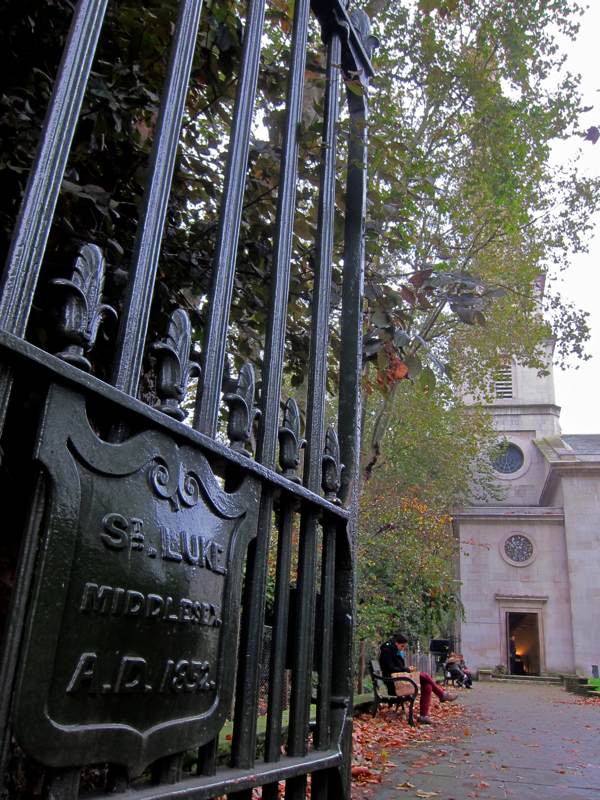

The weathervane is actually a red-eyed dragon but for some reason locals thought it resembled a louse and nicknamed the church Lousy St Luke’s …
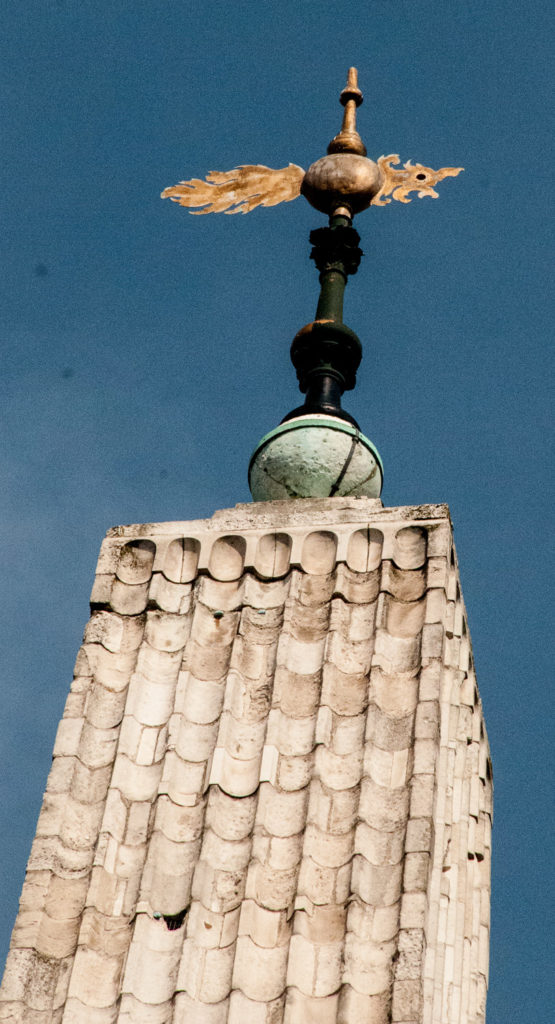
The church was closed in 1964 due to subsidence, but the previously derelict building has now been restored by the London Symphony Orchestra as a beautiful space for performances, rehearsals, recording and educational purposes.
William Caslon the Elder is buried in the churchyard. …
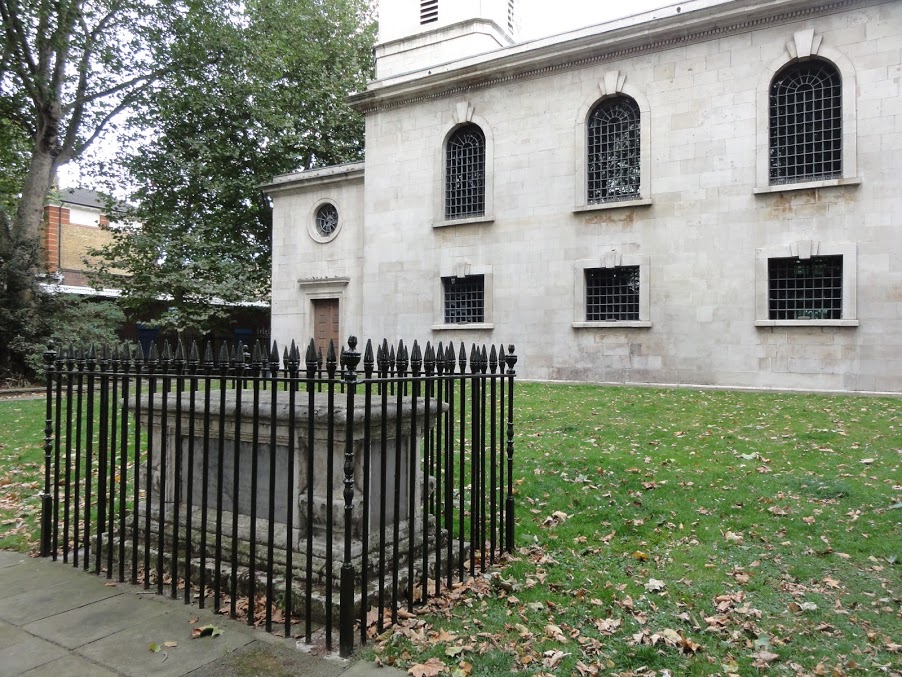
A typefounder, the distinction and legibility of his type secured him the patronage of the leading printers of the day in England and on the continent. His typefaces transformed English type design and first established an English national typographic style. Here is a specimen sheet of his typefaces from 1728. In it’s own way I think it is beautiful …
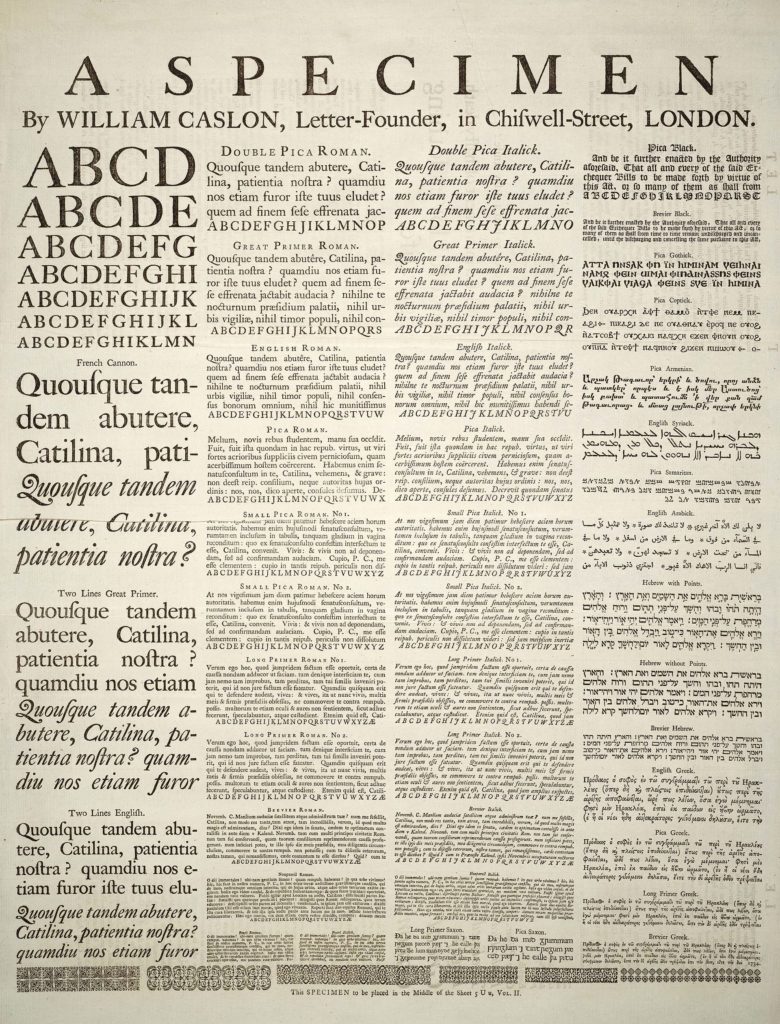
Caslon’s first workshop was in Helmet Row, next to the church. It has some early 19th century terraced houses, a few of which later had their ground floors converted into shops …
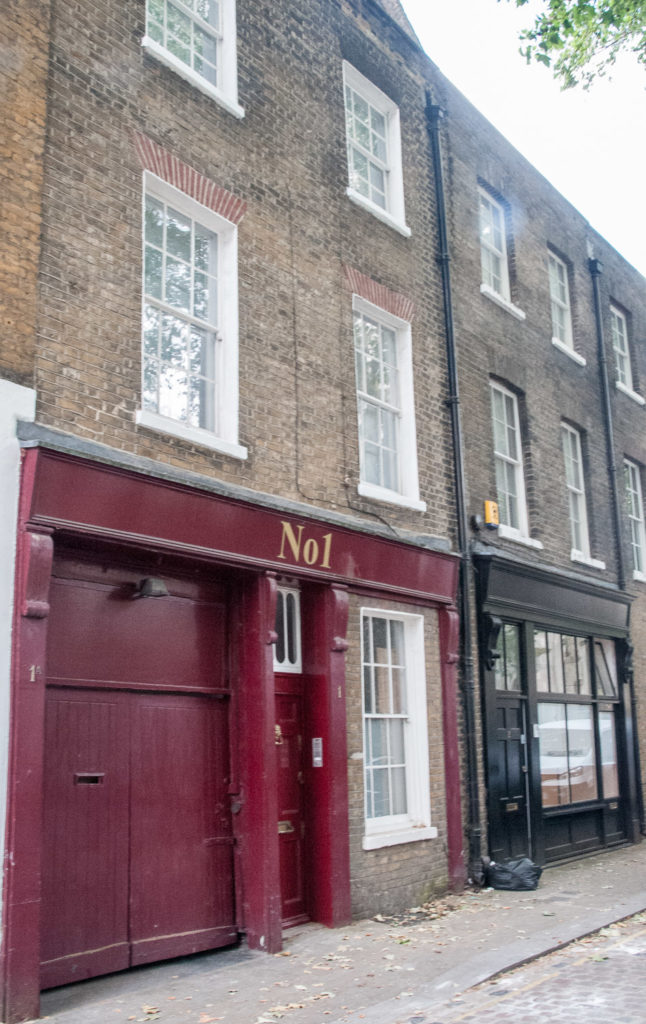
There are more 19th century buildings further to the west but I think the property on the right is more recent …
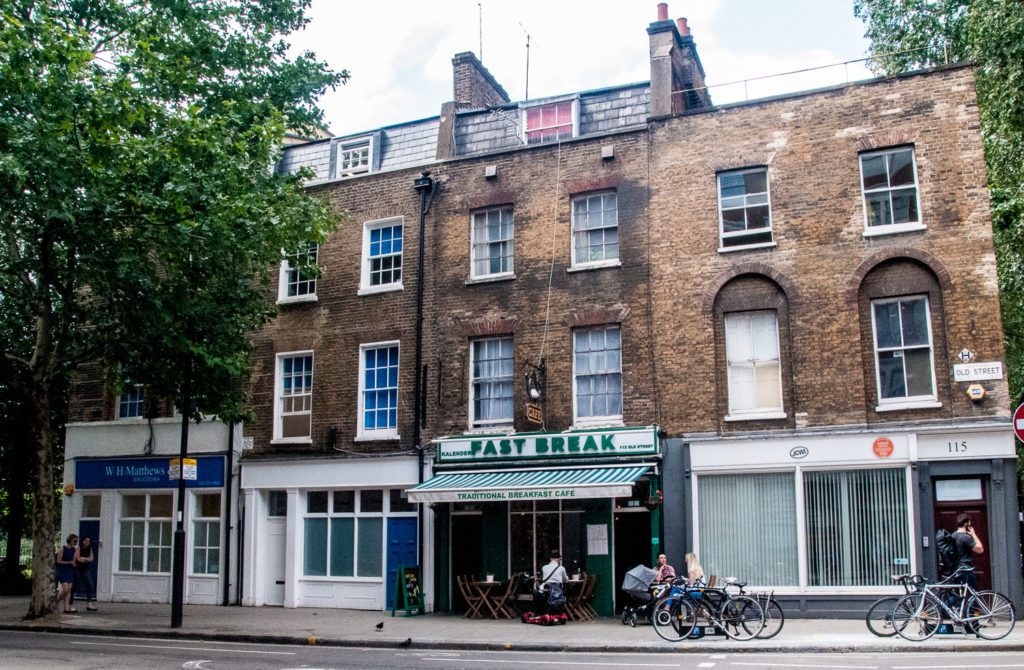
There is what looks like a livery company crest on one of them but I can’t identify which company …
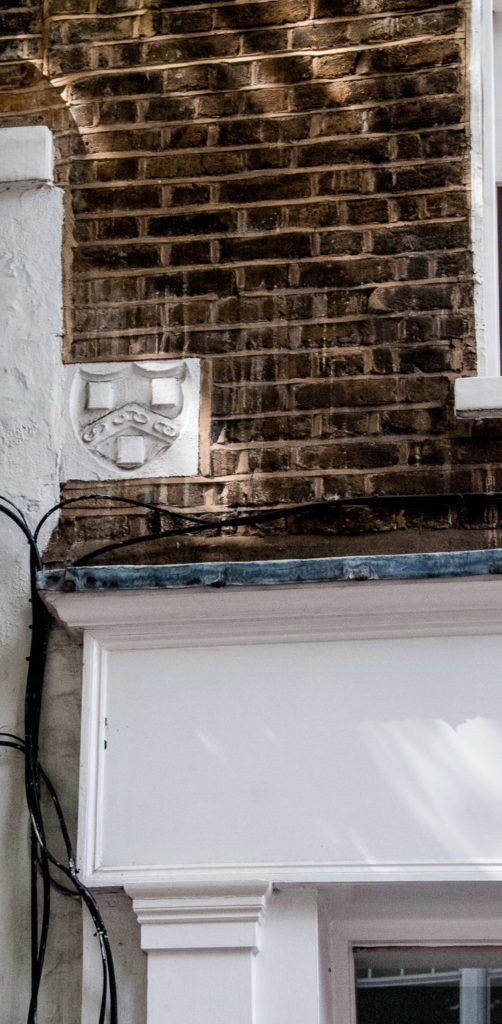
Number 116 used to be the Margolin Gramophone Company factory …
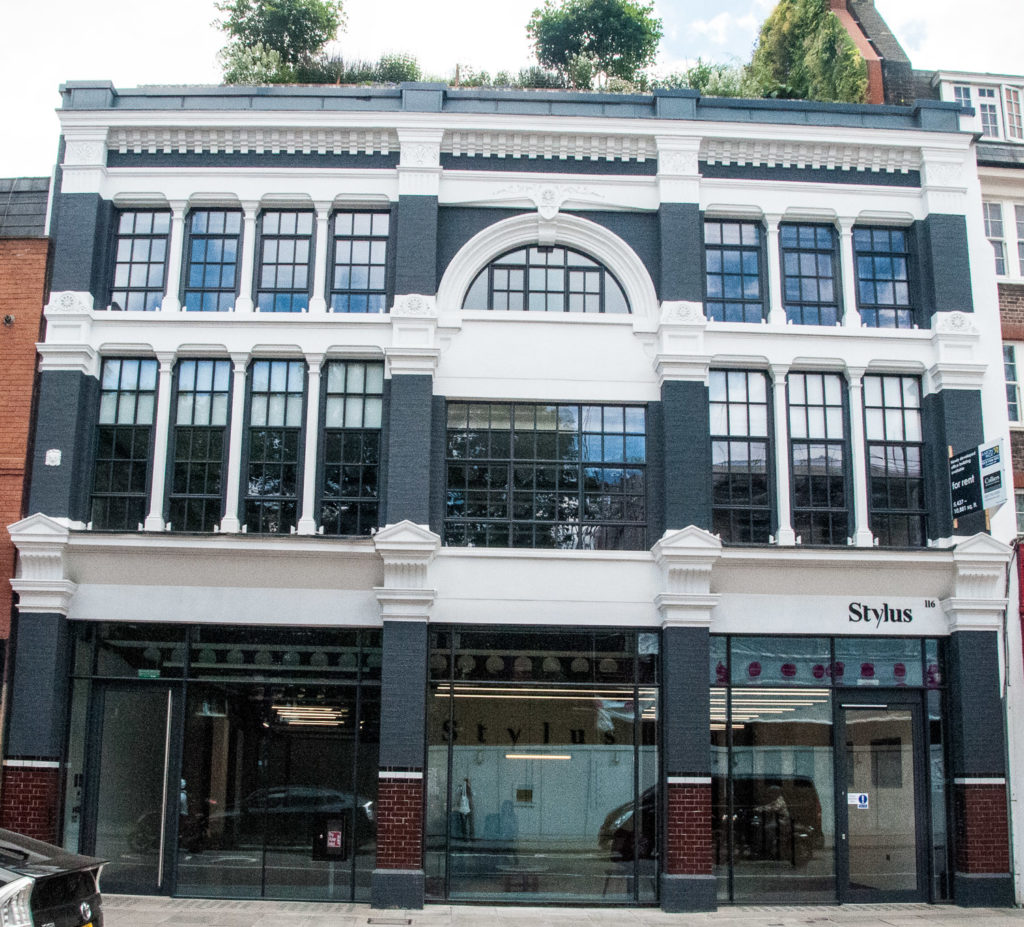
They manufactured the Dansette record player – a name very familiar to us baby-boomers …
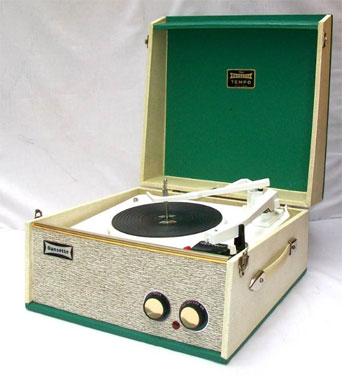
Dansette production ended in December 1969, following the introduction of relatively cheap and efficient Japanese and other Far Eastern imported Hi-Fi equipment. Margolin went into liquidation.
At 12 Old Street is the building that once housed The Old Rodney’s Head public house …
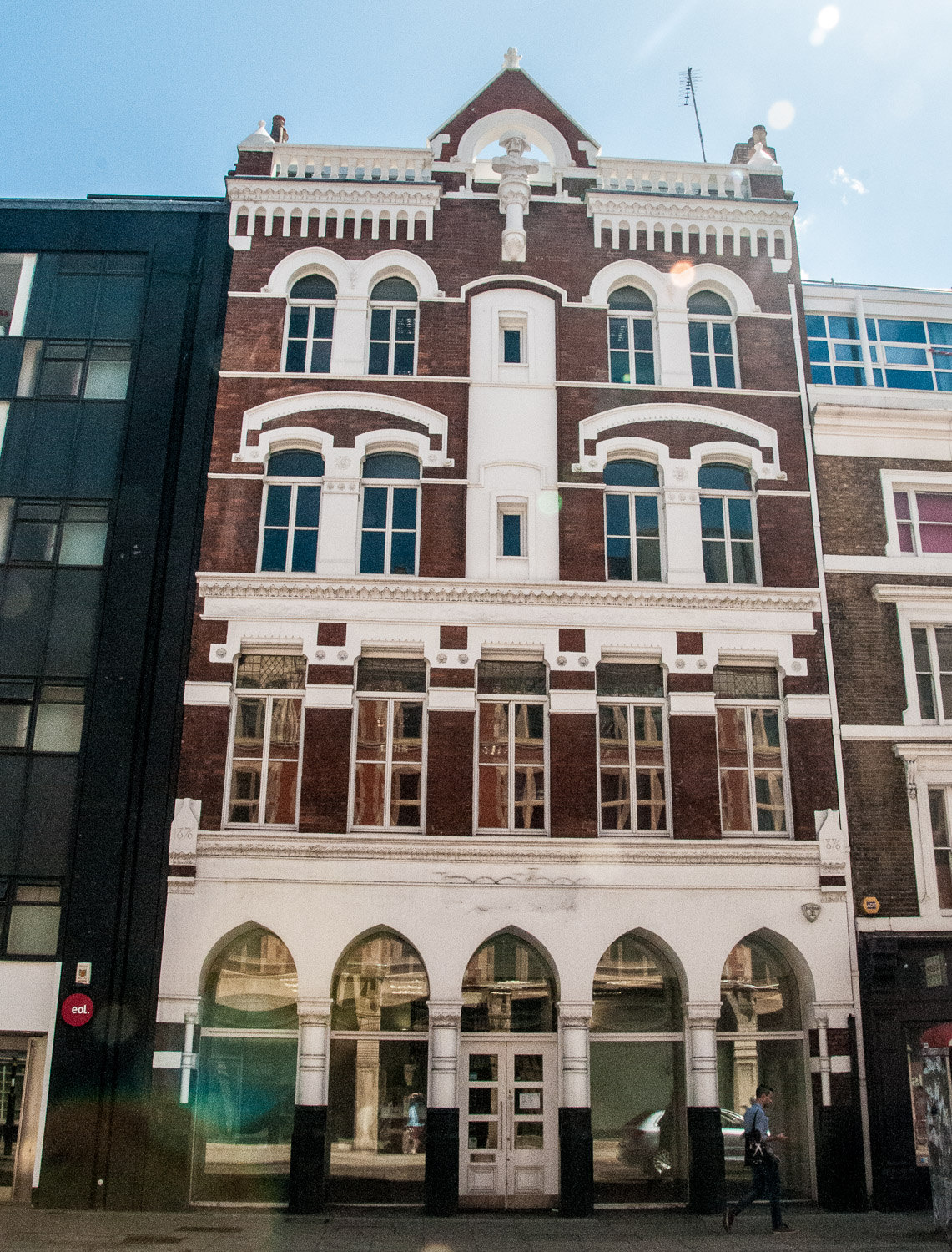
The building is for sale at the moment – offers in excess of £6.5 million if you’re interested – EC1V 9BE.
George Brydges Rodney, 1st Baron Rodney (1718-1792) was a famous Admiral best known for his victory over the French at the Battle of the Saintes in 1782 which ended the French threat to Jamaica. The building dates from 1876 and Rodney still gazes down on Old Street …
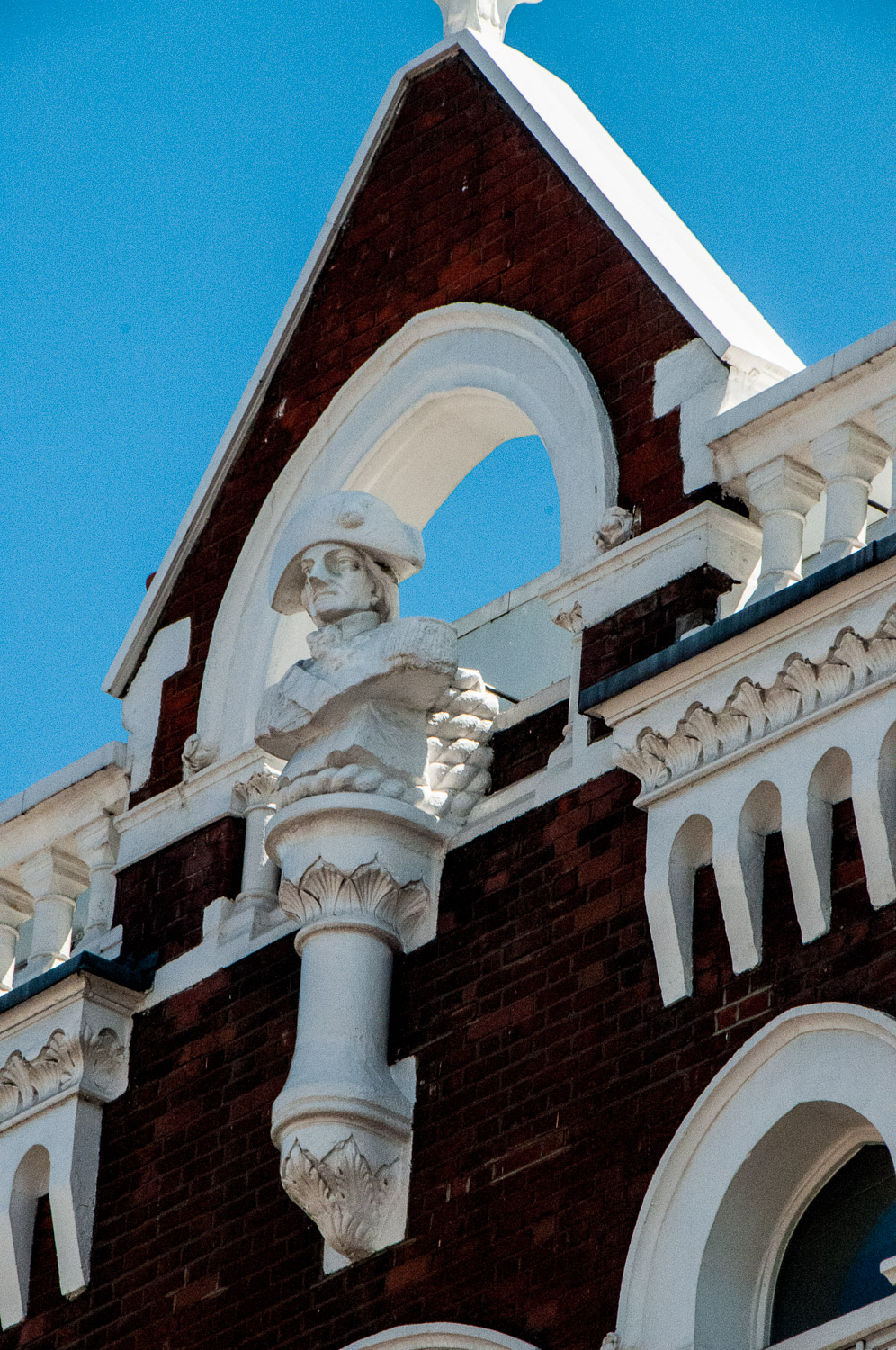
Sadly the Hat and Feathers across the road has not reopened after a short time operating as a restaurant …
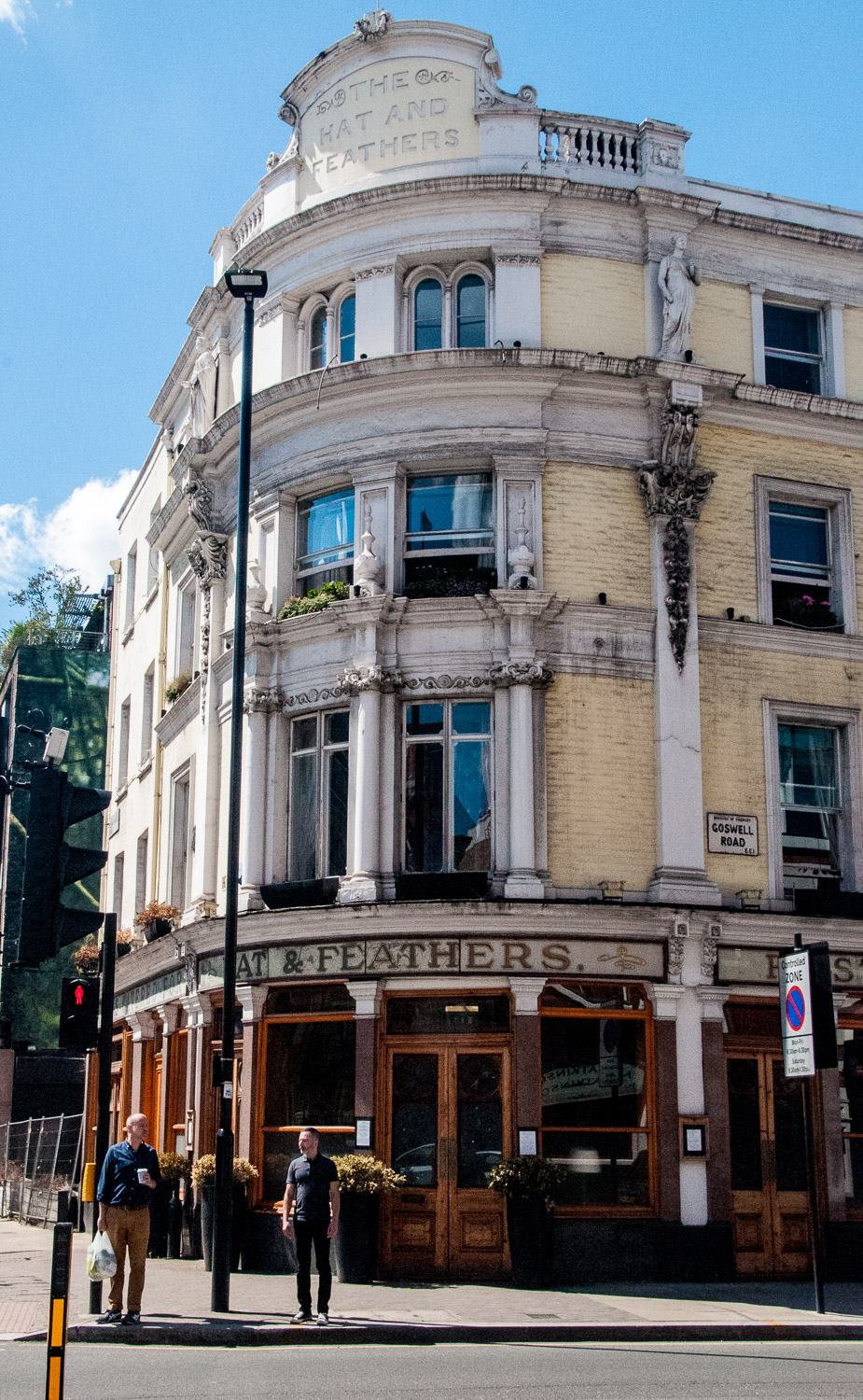
2 Clerkenwell Road EC1M 5PQ.
British History Online tells us that the building dates from 1860 and the facade – ‘gay without being crude’ – is decorated with classical statues, urns and richly ornate capitals and consoles. There are quite a few ghost pubs in the City and you can read more about them here.
I love this old photograph of tram lines being laid at the same junction …
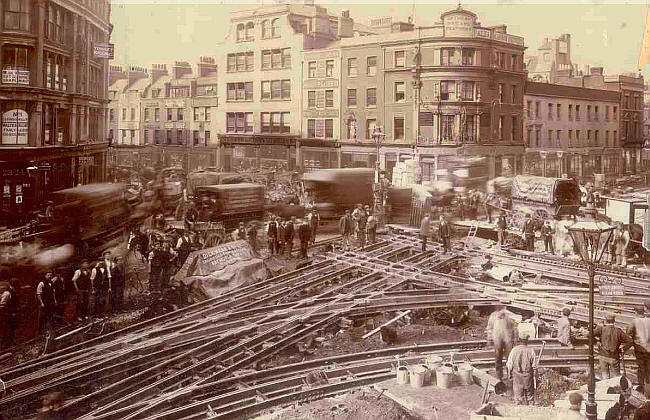
There are some interesting things to see just off Old Street.
There is the seven storey, eleven foot wide, award-winning narrow house at 125 Golden Lane (it does come with a lift) …
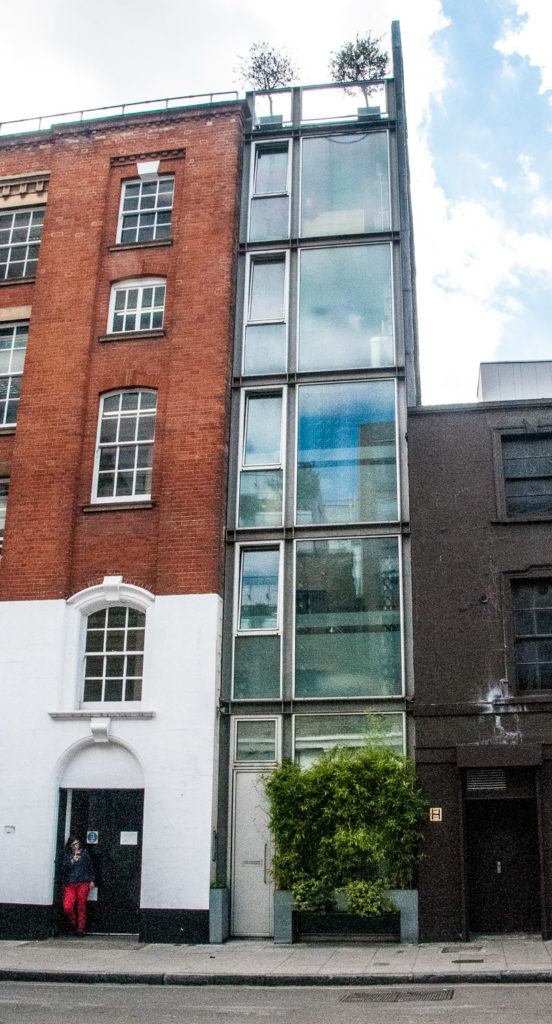
Further down Golden Lane, turn left into Garrett Street and admire the old Whitbread Brewery stables. I have written about them in an earlier blog which you can find here …
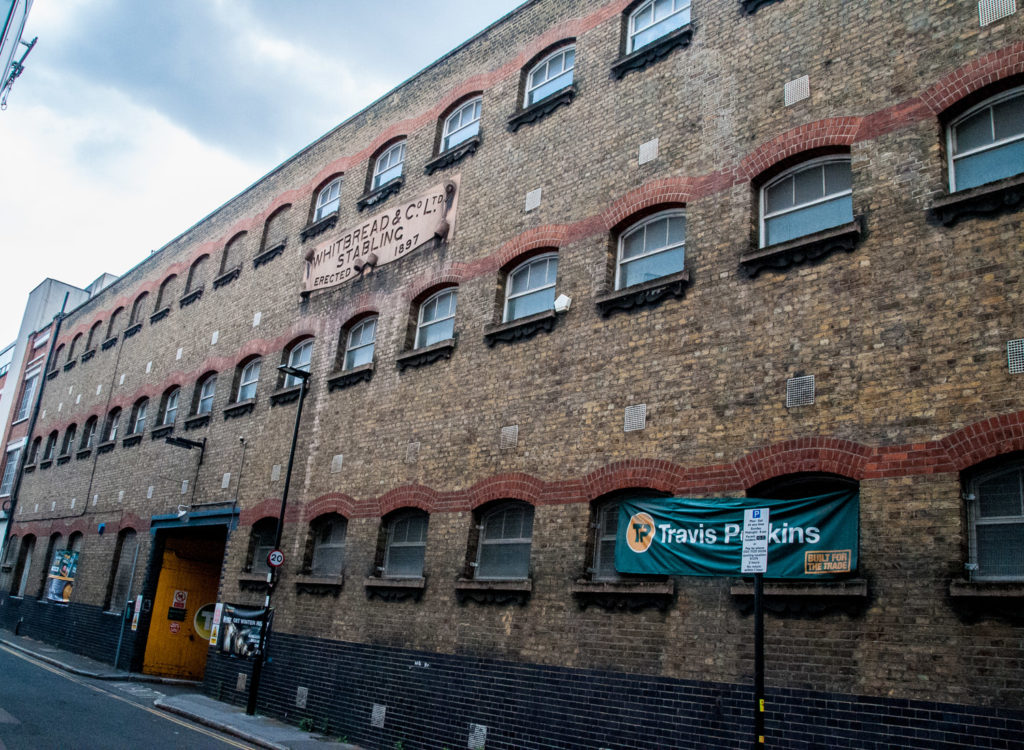
The Gentle Author has also taken a walk down Old Street and some of the pictures here of St Luke’s church are his. He also covers the east end on the other side of the roundabout which I did not. Here is a link.
